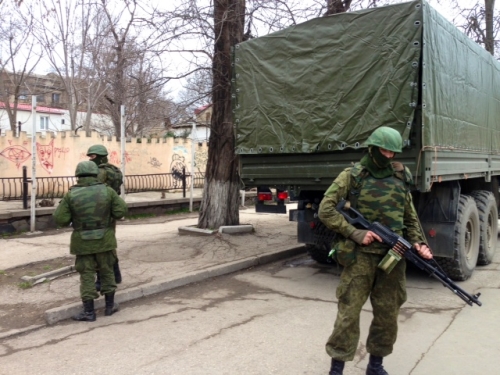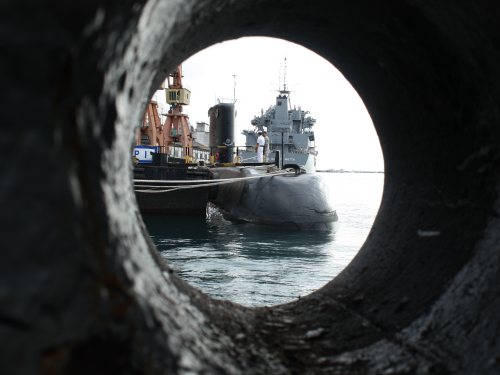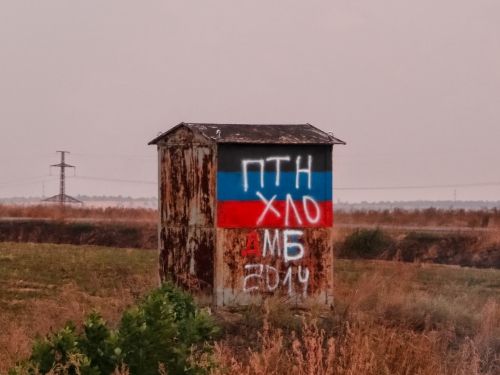
This article was originally published by the Center for International Maritime Security (CIMSEC) on 7 May, 2015.
Who knew that John Quincy Adams (1767-1848) was so interesting? Or that he was probably the most sleep deprived and crankiest U.S. President ever to live in the White House? Or that he wrote in a journal every day — totaling some 17,000 pages and 51 volumes — since he was twelve until the day he died on the floor of Congress in 1848?
The word “fascinating” doesn’t begin to describe this man. But unfortunately for John Quincy Adams, his father has seemed to eclipse him in many ways. David McCullough’s wonderful biography of John Adams, which was turned into a popular HBO series, cemented the founding father’s stature in the collective American conscience. Thus, many of us only know John Quincy as a sequel, a trivial pursuit question: “Which eighteenth-century U.S. President had a son who also became a U.S. President?” It is always, it seems, this way with sequels. They never quite measure up in our minds and in our hearts.




